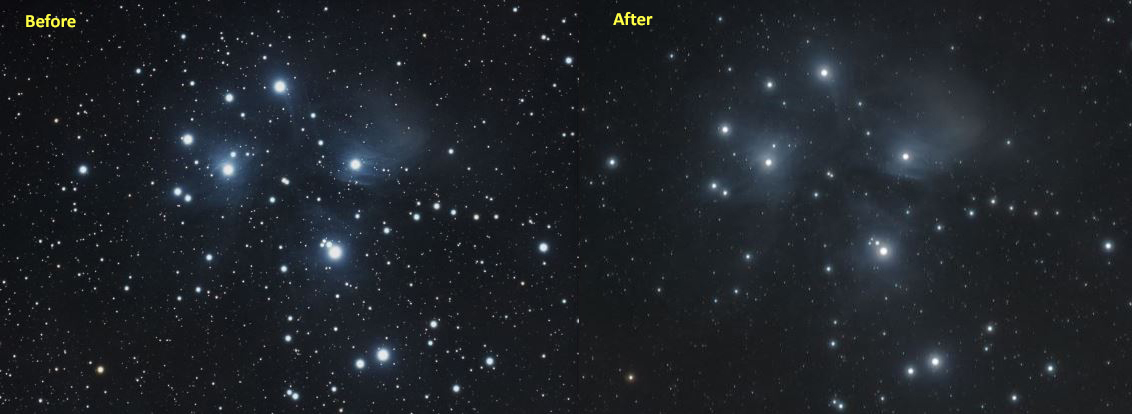
Comet SWAN observing opportunities are here! That also means getting up early, and most importantly, having an unobstructed view of the north-eastern horizon to see it. Tomorrow, Monday morning, May 18th the comet will be at it’s highest for us northern hemisphere observers. The attached image courtesy of Stellarium shows Comet SWAN’s position at 5:15 a.m. CDT as seen from the DFW area each morning this week with the tick marks moving right to left. Notice it drops lower in the sky each morning. Tomorrow morning looks best for this week as does the weather. Use binoculars or a telescope for the best view as the comet is currently mag +5.8 or just barely above naked-eye visibility under dark skies. Additionally, the comet will be at it’s best as morning twilight starts, so be early and find it quick as it’ll be lost in the brightening sky as the minutes tick away. Happy hunting!















